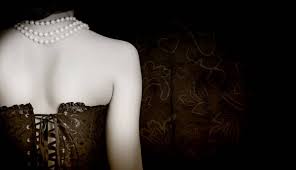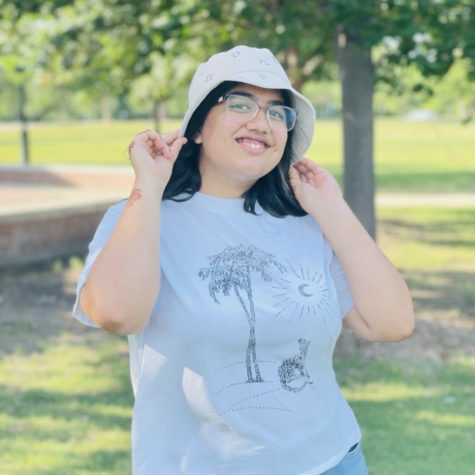Corsets: The Reinvention of a Fashion Piece

Black and white photo of a women in a traditional corset
In recent months, one fashion piece that has been all the rage is the corset, a support garment commonly worn to hold and train the torso into a desired shape. Dating back to 1600 BC, this item has been long entwined with our history, although the history of this particular item hasn’t always been pleasant.
“The corset [was] a foundation garment that gave women a conical form while lifting and supporting the bosom, in addition to producing a rigidly flat front,” British textile dealer Meg Andrews explains.
This kind of corset was the first one that was popularized, becoming especially common in 16th century Europe during the Victorian era. It was worn as either an outer garment or undergarment, and used to give women an hourglass figure, although some doctors also used it as back treatment. However, medical experts from later time periods eventually reversed their position on the garment.
“Some doctors blamed the corset for respiratory diseases, deformity to the ribs, damage to internal organs, birth defects, and miscarriages, while others approved of “moderate” or “health” corsets that were less rigid and helped support the body,” Vogue fashion writer Elle Timms states.
These health concerns started being brought up in the 19th century, a peak time period for corsets in womens’ fashion. They gained controversy for being detrimental for women’s health, and later on for forcing women to conform to a certain body standard. It is likely that these reasons led to their fall out of fashion – up until recently.
“Women are turning the stigma of the oppressive corset into a powerful statement of femininity and body positivity,” fashion magazine author Cathy Ching remarks.
Today, you will find people wearing corsets across all platforms, from TikTok to fashion runways to TV shows (such as Bridgerton). Many women wear it, not as a restrictive item to fit a standard defined by men and society overall, but to feel beautiful in their own bodies. It is a fashion piece that now represents everything it once didn’t – the freedom and empowerment of women.

Hi! My name is Uswa Saeed. I'm currently a 12th grader at Centennial High School, and this is my third year writing for Cen10 News. Writing has always...








